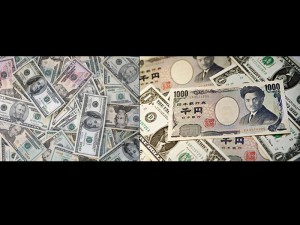May BOP surplus down 44% year on year

DOWN The BOP surplus in May dropped by 44 percent from May 2010 due to the government’s settlement of its maturing obligations, according to the Bangko Sentral ng Pilipinas.
The country’s balance of payments (BOP) surplus in May fell from that of the same month last year as foreign currency outflows exceeded the amount coming in.
The Bangko Sentral ng Pilipinas said that the government’s settlement of its maturing obligations led to a decline in the BOP surplus.
The central bank reported that the country’s BOP surplus amounted to $217 million in May, dropping by 44 percent from the $388 million registered a year ago.
Despite the decline in the BOP surplus last month, the central bank said that for the first five months of 2011, the surplus was still higher than that of the same period last year.
From January to May, the BOP stood at $4.8 billion—78 percent higher than the $2.7 billion seen in the same period a year ago.
Article continues after this advertisement“This [January to May surplus] could be traced to strong foreign exchange inflows from investments, exports and remittances,” BSP Governor Amando Tetangco Jr. told reporters.
Article continues after this advertisementThe surplus was driven by inflows of foreign currencies arising from the income of the BSP from its investments abroad, and loans secured by the government from foreign creditors.
Still, the outflows were higher. The government and the BSP during the period paid off liabilities denominated in foreign currencies, while state-owned Power Sector Assets and Liabilities Management Corp. (PSALM) decided to withdraw its deposit from the central bank to meet its expenditure requirements.
BOP, which reflects the country’s commercial transactions with the rest of the world, is the difference between the amount of foreign currencies coming into the country and that flowing out.
A surplus in the BOP tends to beef up the country’s overall reserve of foreign currencies, also called the gross international reserves.
The GIR reflects an economy’s capacity to pay for its imports, settle debts with foreign creditors, and engage in other commercial transactions with parties abroad.
Earlier, the central bank reported that the country’s GIR, given a boost by the surplus in the BOP, amounted to a record $68.9 billion as of end-May this year.
Apart from the income of the BSP from its investments abroad and loans obtained from foreign creditors, earnings from exports, remittances and investments in the business process outsourcing sector are the usual contributors to the country’s GIR.
The central bank claims that the country’s GIR remains at a comfortable level, or enough to meet any short-term requirements of the country.
The BSP credits the country’s foreign currency holdings for its improved credit standing recently.
Last week, Moody’s Investors Service upgraded the country’s credit rating from three to two notches below investment grade.
This followed a similar ratings action by Standard & Poor’s last November.